Hey there! Have you ever wondered how to cook with stainless steel cookware? Well, look no further because I’m here to guide you through it step by step. Cooking with stainless steel can be a little intimidating at first, but trust me, once you get the hang of it, you’ll be whipping up delicious meals like a pro. In this guide, I’ll share some valuable tips and tricks on how to get the best results with your stainless steel pots and pans. So dust off that stainless steel cookware and let’s dive right in! You’ll be amazed at the difference it makes in your cooking.
Quick Tips
- Tip 1: Preheat your stainless steel cookware. Before adding any ingredients, preheat your stainless steel cookware on medium heat for a few minutes. This helps ensure even cooking and prevents food from sticking.
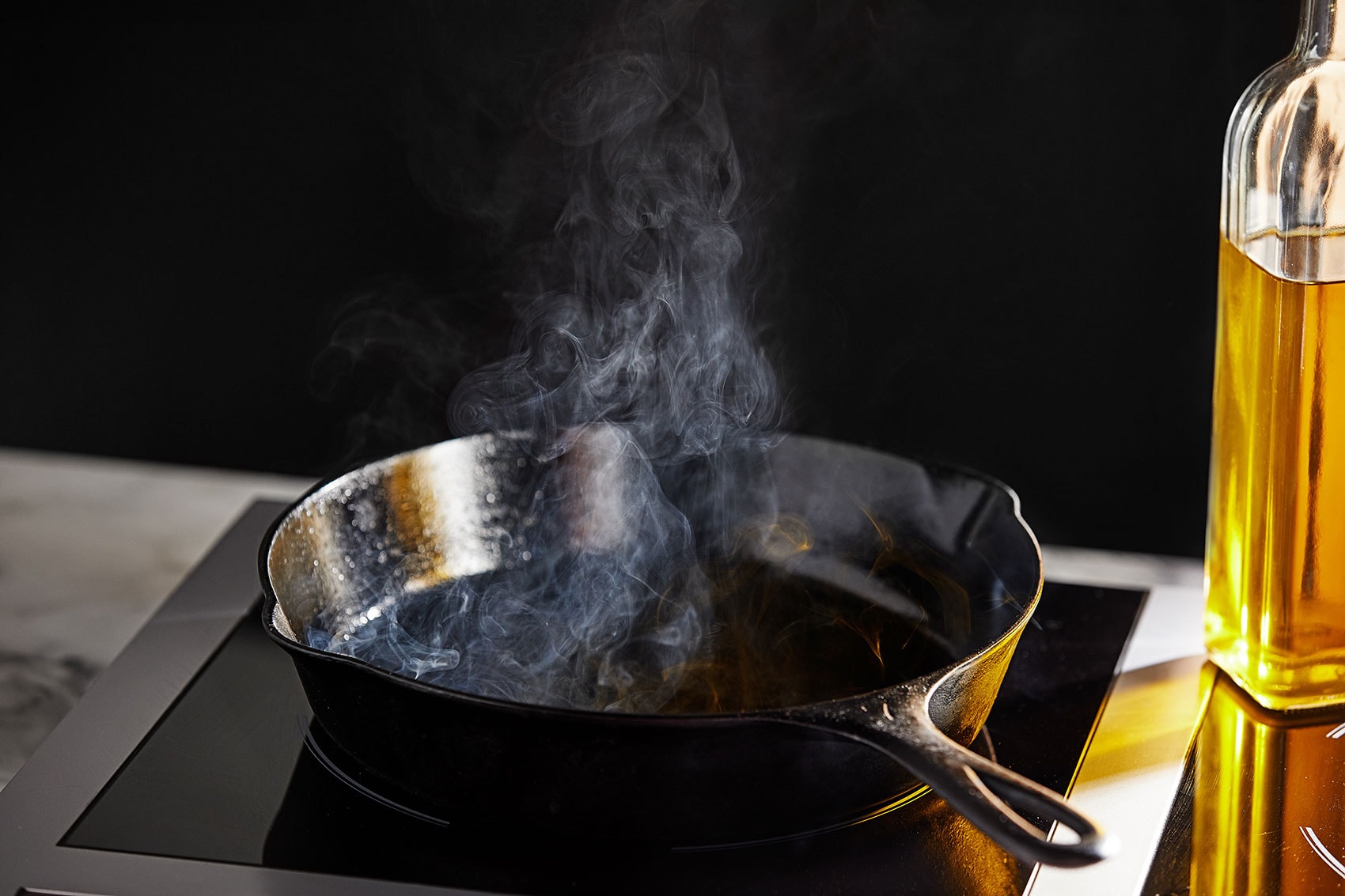
- Tip 2: Use oil or butter before cooking. To prevent your food from sticking to the stainless steel surface, add a tablespoon of oil or butter before you start cooking. This creates a thin barrier between the food and the pan, making it easier to flip and remove later.
- Tip 3: Control the heat. Stainless steel heats up quickly, so it’s essential to adjust the heat when cooking. Start on medium-high heat to sear or brown your food, then lower it to medium or medium-low for even cooking. Avoid using high heat unless necessary, as it can cause food to burn and stick.
- Tip 4: Allow food to release naturally. When cooking with stainless steel, be patient and let the food release naturally. Avoid forcefully trying to flip or move the food, as it may still be sticking. Instead, wait for it to loosen and release on its own, ensuring a beautifully cooked meal.
Use a high smoke point oil or butter to prevent sticking
One of the best tips I’ve learned in the kitchen is to use a high smoke point oil or butter when cooking to prevent food from sticking to the pan. When you’re ready to start cooking your favorite dishes, make sure to choose an oil or butter with a high smoke point. Oils like canola, vegetable, and avocado oil are great options, while butter works well too. By using these high smoke point options, you can ensure that your food won’t stick to the pan and that you’ll have a smooth cooking experience.Now that you have your high smoke point oil or butter ready, it’s time to start cooking! To prevent sticking, make sure to thoroughly coat your pan with the oil or butter before adding any ingredients. You can do this by using a brush or simply pouring a small amount and spreading it around the surface of the pan with a spatula or a piece of folded paper towel. This step is crucial, as it creates a barrier between the food and the pan, making it impossible for anything to stick.
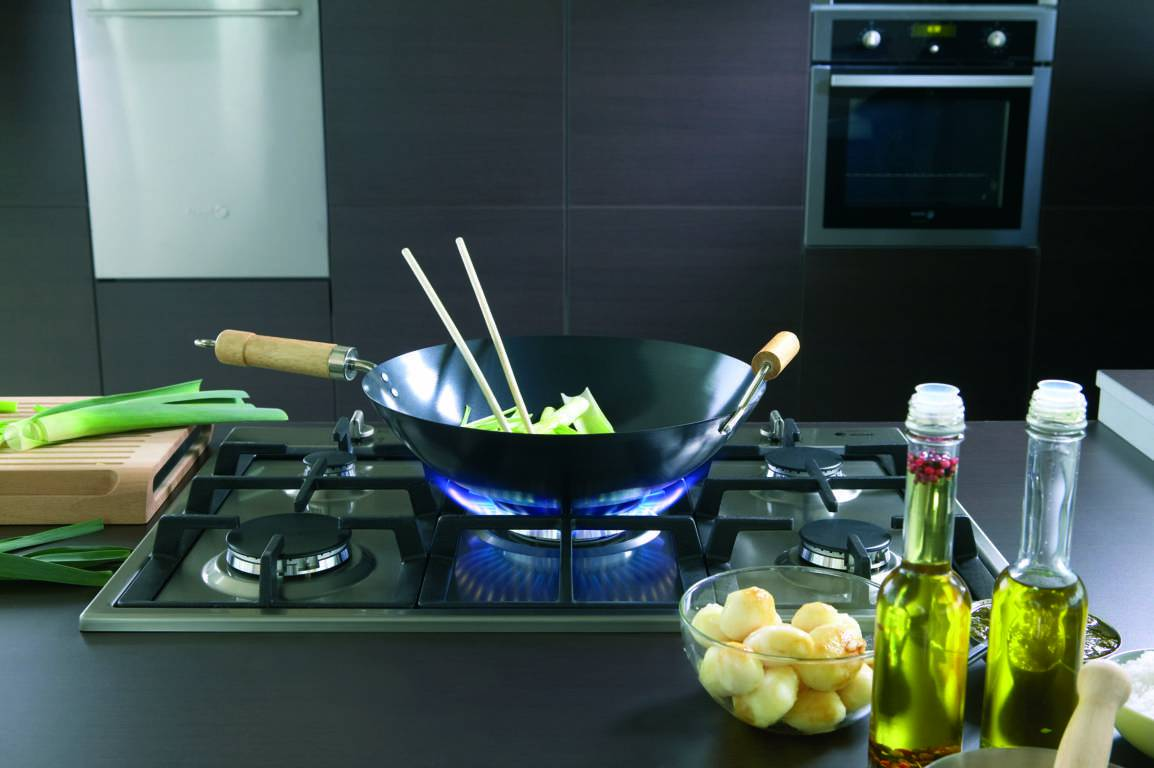
When you’re cooking with high heat, it’s important to keep an eye on the temperature. High smoke point oils and butter can handle high temperatures, but you don’t want them to exceed their limits. To prevent smoke or burning, adjust the heat accordingly and make sure to stay within the recommended temperature range for your chosen oil or butter. By doing so, you can ensure that your food won’t stick, and you’ll be able to enjoy a delicious meal without any hassle or frustration.
Allow food to naturally release from the surface before flipping
When you’re cooking, one of the key skills to learn is how to flip food without it sticking to the surface. A helpful technique is to allow the food to naturally release from the surface before flipping. To do this, start by preheating a non-stick pan over medium heat. Then, add a small amount of oil or cooking spray to the pan. Next, carefully place your food onto the hot surface, making sure not to overcrowd the pan. By giving the food enough time to cook on one side, it will naturally release and become easier to flip.
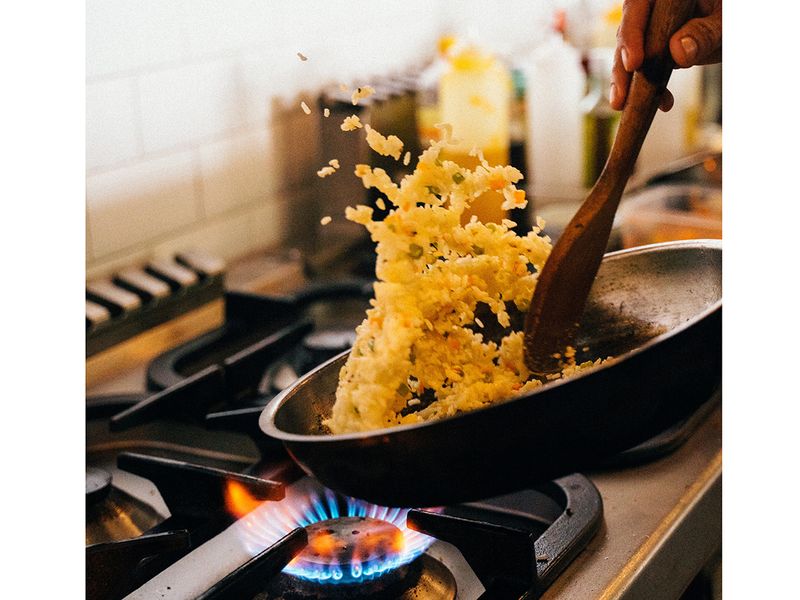
Once your food is in the pan, resist the urge to constantly check if it’s ready to be flipped. Let it cook undisturbed for a few minutes for the best results. If you try to flip it too early, the food may stick and break apart, making it difficult to achieve a nice golden brown color. Instead, be patient and allow the heat to work its magic. When the food is ready to be flipped, it will easily slide off the surface with little to no resistance.When the time comes to flip your food, use a spatula to gently lift one edge of the item. If it easily releases from the surface, you’re good to go! Use the spatula to support the food as you quickly flip it over. If it doesn’t release easily, let it cook for a bit longer before trying again. Remember, the more you practice this technique, the better you’ll become at judging the right moment to flip your food. By allowing the food to naturally release from the surface, you’ll achieve perfectly cooked, restaurant-quality dishes every time.
Avoid sudden temperature changes to prevent warping or discoloration
I bet you’ve experienced it before – the frustration of discovering that your favorite wooden furniture or cherished paintings have warped or become discolored. It can be devastating to see the things you love suffer from such damage. But fear not! I’m here to help you prevent such mishaps. The key is to avoid sudden temperature changes, which can be a major culprit behind warping and discoloration. By following a few simple steps, you can protect your belongings and ensure they stay in great condition for years to come.
Firstly, it’s important to understand why sudden temperature changes can be so harmful. When an object is exposed to a rapid shift in temperature, it expands or contracts rapidly, leading to stress and potential damage. To avoid this, be mindful of the temperature fluctuations in your environment. For example, resist the temptation to move a painting from a freezing cold room to a warm one all at once. Instead, gradually acclimate it by moving it to a slightly warmer area first, allowing it time to adjust.
Another way to prevent warping or discoloration is to be cautious when it comes to direct sunlight. While natural light can beautifully illuminate your space, it can also cause lasting damage to your belongings. Sunlight can fade colors and weaken materials over time. To protect your items, consider using curtains or blinds to shield them from direct sunlight. You can also rotate your furniture periodically to ensure even exposure to light.
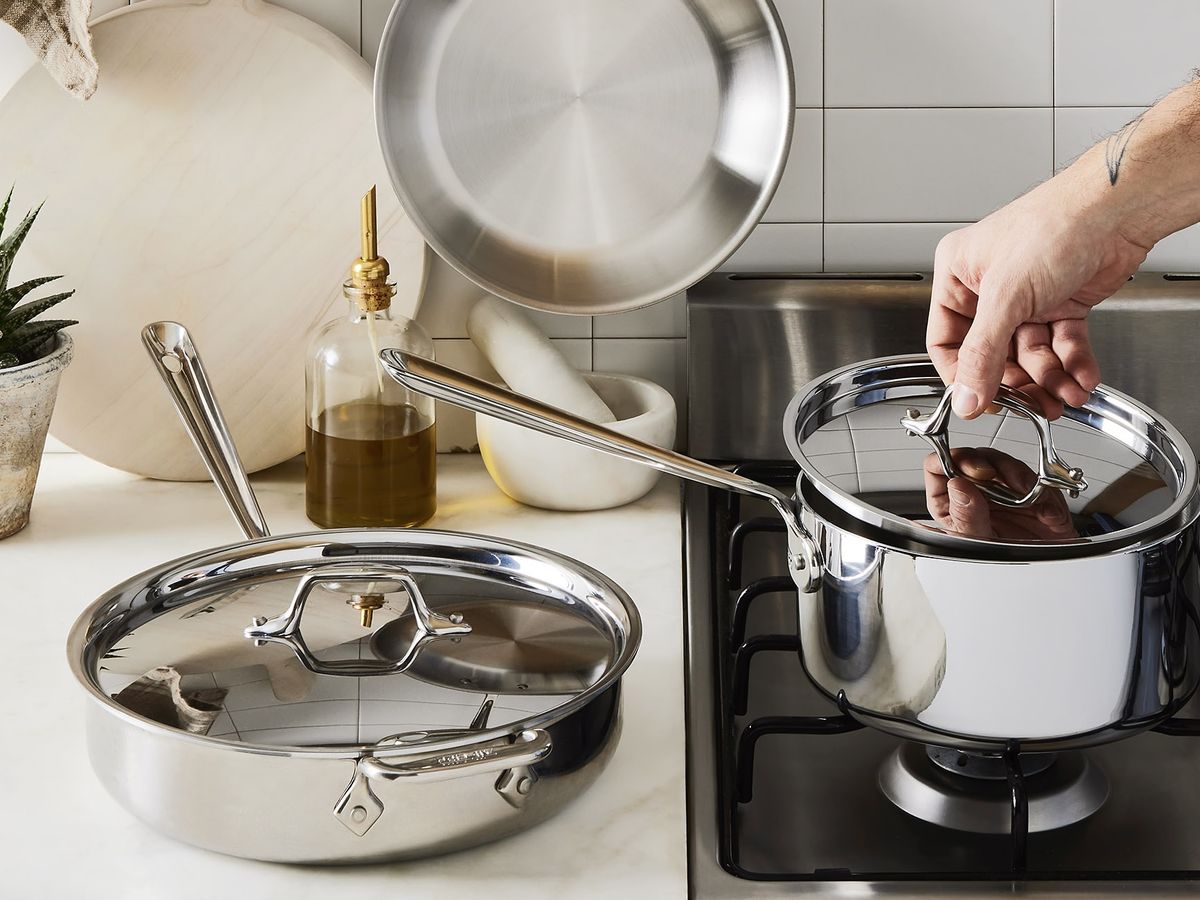
Lastly, maintaining a stable and consistent climate in your home is crucial. Extreme temperatures, whether too hot or too cold, can wreak havoc on delicate objects. It’s best to keep your home at a moderate temperature, avoiding extreme fluctuations whenever possible. Consider using a thermostat to regulate the temperature in your living space. By keeping the temperature steady, you’ll greatly reduce the risk of warping or discoloration to your beloved belongings.
Take a few preventative measures to protect your cherished belongings from warping or discoloration by protecting them from sudden temperature changes. Gradually acclimating objects to new environments, shielding them from direct sunlight, and maintaining a consistent climate will help keep your items in pristine condition for years to come. So go ahead, take these steps and enjoy the peace of mind that comes with knowing you’re preserving your treasured possessions.
Clean stainless steel cookware promptly using non-abrasive tools and mild detergent
Stainless steel cookware is a valuable addition to any kitchen, but it requires proper care to keep it looking its best. To clean your stainless steel pots and pans, I recommend following a few simple steps. First, make sure to clean your cookware promptly after each use to prevent food from sticking and staining the surface. Next, gather non-abrasive tools such as a soft sponge or cloth and a mild detergent. Avoid using harsh scrub brushes or abrasive cleaning products as they can damage the surface of your stainless steel cookware.Now that you have all your tools ready, it’s time to start cleaning. Begin by rinsing your cookware with warm water to remove any loose residue. Then, apply a small amount of mild detergent to your sponge or cloth and gently scrub your stainless steel cookware in a circular motion. Remember to focus on any stains or spots that may have formed during cooking. Once you’re done scrubbing, rinse off the cookware thoroughly with warm water to ensure that no soap residue remains.
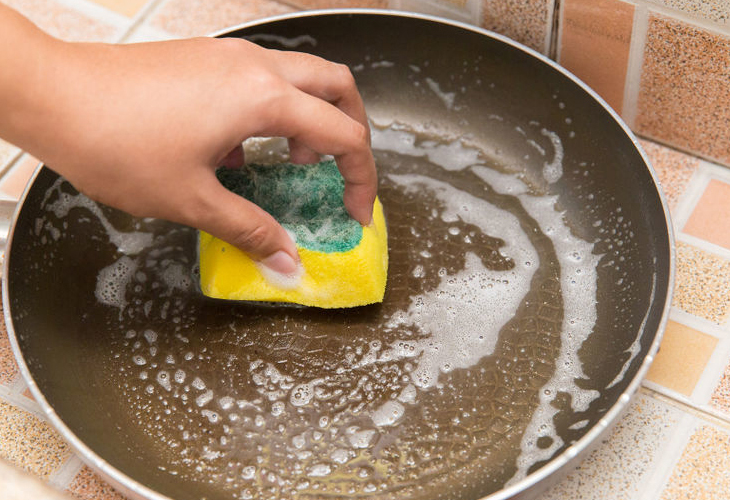
After rinsing, it’s important to dry your stainless steel cookware immediately to prevent water spots. Grab a clean, dry towel and carefully wipe down the surface. Make sure to dry every nook and cranny, including the handles and the underside of the pots or pans. If you notice any remaining stubborn stains, you can repeat the cleaning process or try using white vinegar to remove them. By following these simple steps, you can easily clean and maintain the beauty of your stainless steel cookware for years to come.
FAQs
Q: Why should I cook with stainless steel cookware?
A: Stainless steel cookware has numerous benefits. It is durable, resistant to rust and corrosion, non-reactive with acidic foods, and retains heat well. It also provides a sleek and modern look in your kitchen.
Q: How do I properly season stainless steel cookware?
A: Unlike cast iron cookware, stainless steel does not require seasoning. Simply wash it with warm, soapy water before using it for the first time, and it will be ready to use.
Q: Is stainless steel cookware non-stick?
A: Stainless steel cookware is not naturally non-stick like Teflon-coated pans. However, you can achieve a non-stick surface by properly preheating the pan and using the right cooking techniques (like using enough oil or butter and using lower heat).
Q: Can I use stainless steel cookware on all types of stovetops?
A: Yes, stainless steel cookware is compatible with all types of stovetops, including gas, electric, induction, and ceramic.
Q: Is stainless steel cookware dishwasher safe?
A: Most stainless steel cookware is dishwasher safe. However, hand washing is recommended to maintain the longevity of the cookware and its shine.
Q: How do I prevent food from sticking to stainless steel pans?
A: To prevent food from sticking, ensure your pan is preheated before adding ingredients. You can do a water droplet test – if the water droplets dance and evaporate quickly upon contact with the pan, it is ready. Also, use enough oil or butter to create a thin layer on the surface.
Q: How do I clean stainless steel cookware?
A: After cooking, allow the pan to cool slightly before washing. Use warm, soapy water and a sponge or non-abrasive scrubbing pad to clean the cookware. Stubborn stains or burnt food can be removed by soaking the pan in warm, soapy water for a few minutes. Avoid using abrasive cleaners or harsh scouring pads.
Q: Can I use metal utensils with stainless steel cookware?
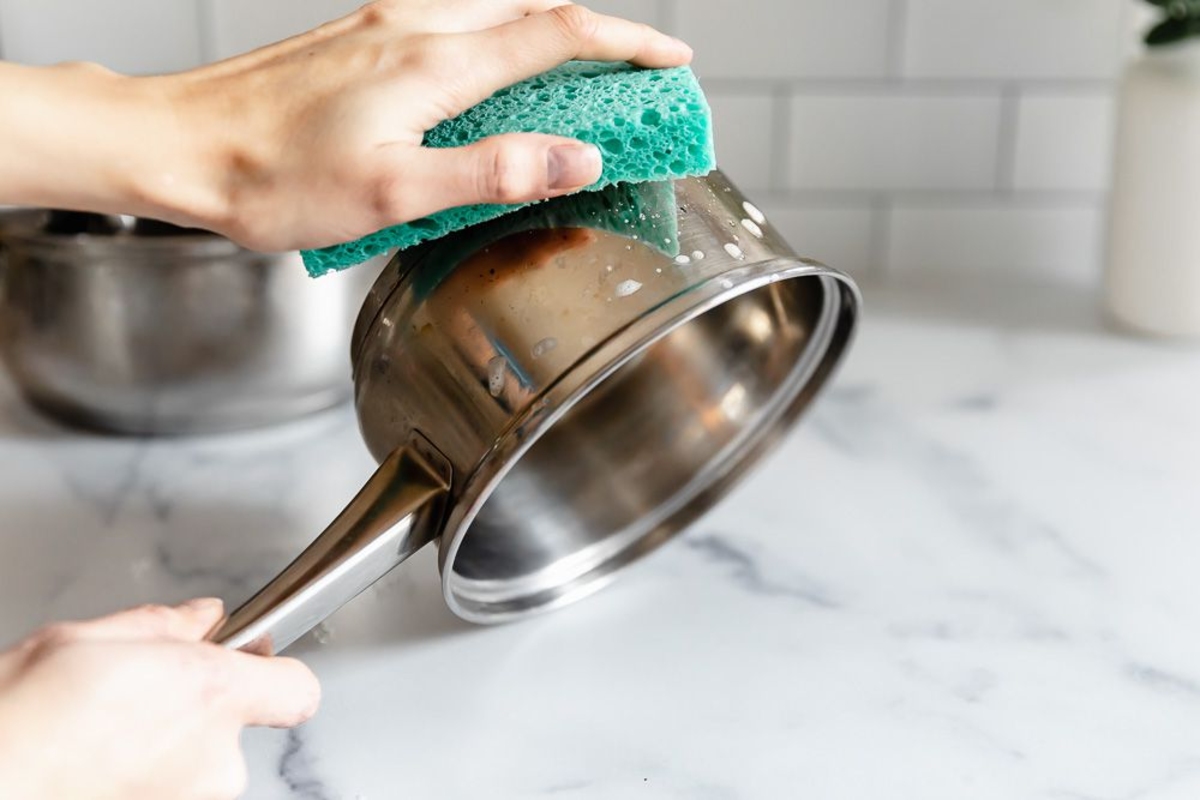
A: Yes, stainless steel is a highly durable material and can withstand the use of metal utensils. However, to avoid scratching the surface, it is recommended to use plastic, silicone, or wooden utensils.
Q: What type of oil should I use for cooking with stainless steel cookware?
A: Some good choices of oil for cooking with stainless steel include vegetable oil, canola oil, and grapeseed oil. These oils have high smoke points, which means they can withstand high temperatures without burning or producing smoke.
Q: How do I prevent discoloration or stains on my stainless steel cookware?
A: To prevent discoloration or stains, avoid using high heat for an extended period or overheating an empty pan. Clean your cookware promptly after use and avoid using abrasive cleaners or scrubbers that can damage the surface. Additionally, removing stains can be done by soaking the pan in a mixture of vinegar and water or using a specialized stainless steel cleaner.
Conclusion
The bottom line is this: Knowing how to cook with stainless steel cookware will improve your cooking experience and the quality of your meals. Preheating your pans on low heat will prevent you from burning your food. Using a high smoke point oil or butter prevents sticking, making it easier to flip and release the food naturally from the surface. These simple techniques not only improve the taste and texture of your dishes but also make the cooking process more enjoyable and efficient. So, take the time to master these tips, and elevate your culinary skills with stainless steel cookware. Your taste buds and your kitchen will thank you!
